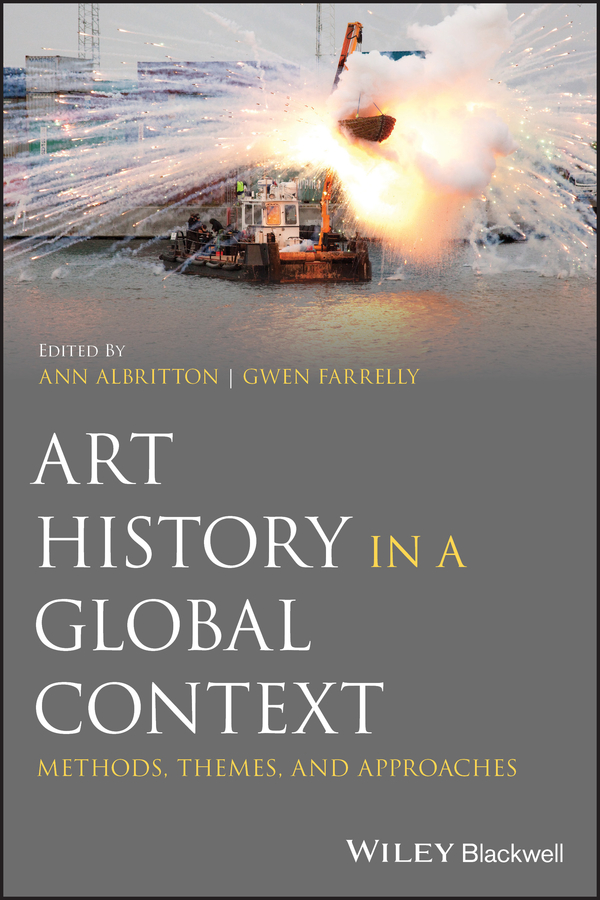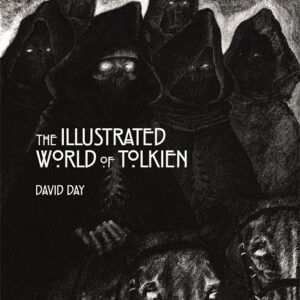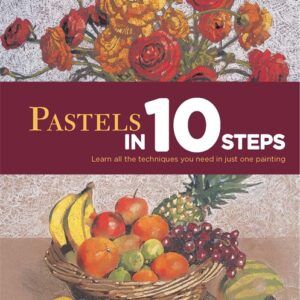<p><b>Presents a clear and comprehensive </b><b>introduction to the evolving discipline of global art studies</b> </p> <p>This volume examines how art historians, critics, and artists revisit art from ancient times through to the early modern period as well as the ways in which contemporary objects are approached through the lens of global contact, exchange, networks, and trade routes. It assists students who actively seek to understand “global art history” and the discipline beyond the founding Western canons. </p> <p>The first section of <i>Art History in a Global Context: Methods, Themes and Approaches </i>explores how themes related to globalization are framing the creation, circulation, reception, and study of art today. The second section examines how curators, scholars, artists, and critics have challenged the Eurocentric canon through works of art, writings, exhibitions, biennials, large-scale conferences, and the formation of global networks. The third section is designed to help students look forward by exploring how art history in a global context is beginning to extend beyond the contemporary condition to understand the meaning, conditions, and impacts of exchange across borders and among artists in earlier periods. </p> <ul style=”margin-bottom: 0in; margin-top: 0in; user-select: text; -webkit-user-drag: none; -webkit-tap-highlight-color: transparent; cursor: text; overflow: visible;” type=”disc”> <li style=”margin: 0in 0in 0.0001pt; font-size: 11pt; font-family: Calibri, sans-serif; vertical-align: baseline; user-select: text; -webkit-user-drag: none; -webkit-tap-highlight-color: transparent; cursor: text; overflow: visible;”>Presents a historiography of global art histories in academic, museological, and exhibition projects </li> <li style=”margin: 0in 0in 0.0001pt; font-size: 11pt; font-family: Calibri, sans-serif; vertical-align: baseline; user-select: text; -webkit-user-drag: none; -webkit-tap-highlight-color: transparent; cursor: text; overflow: visible;”>Written by a collection of authors from different linguistic, cultural, geographic, generational, and disciplinary perspectives </li> <li style=”margin: 0in 0in 0.0001pt; font-size: 11pt; font-family: Calibri, sans-serif; vertical-align: baseline; user-select: text; -webkit-user-drag: none; -webkit-tap-highlight-color: transparent; cursor: text; overflow: visible;”>Aids students in understanding “global art history” and the discipline beyond the founding Western canons </li> <li style=”margin: 0in 0in 0.0001pt; font-size: 11pt; font-family: Calibri, sans-serif; vertical-align: baseline; user-select: text; -webkit-user-drag: none; -webkit-tap-highlight-color: transparent; cursor: text; overflow: visible;”>Provides a set of case studies to bring to life methodologies being employed in the field </li> <li style=”margin: 0in 0in 0.0001pt; font-size: 11pt; font-family: Calibri, sans-serif; vertical-align: baseline; user-select: text; -webkit-user-drag: none; -webkit-tap-highlight-color: transparent; cursor: text; overflow: visible;”>Features contributors from the program of the Getty Foundation and the College Art Association International Committee’s project </li> </ul> <p><i>Art History in a Global Context</i> is an ideal choice for upper-level undergraduate and entry level graduate art students. It can also be used as a teaching tool, or as models for case studies in different formats. </p> <p> </p>
Sale!
Art History in a Global Context: Methods, Themes and Approaches
₹2,093.00
This book is currently not in stock. You are pre-ordering this book.




